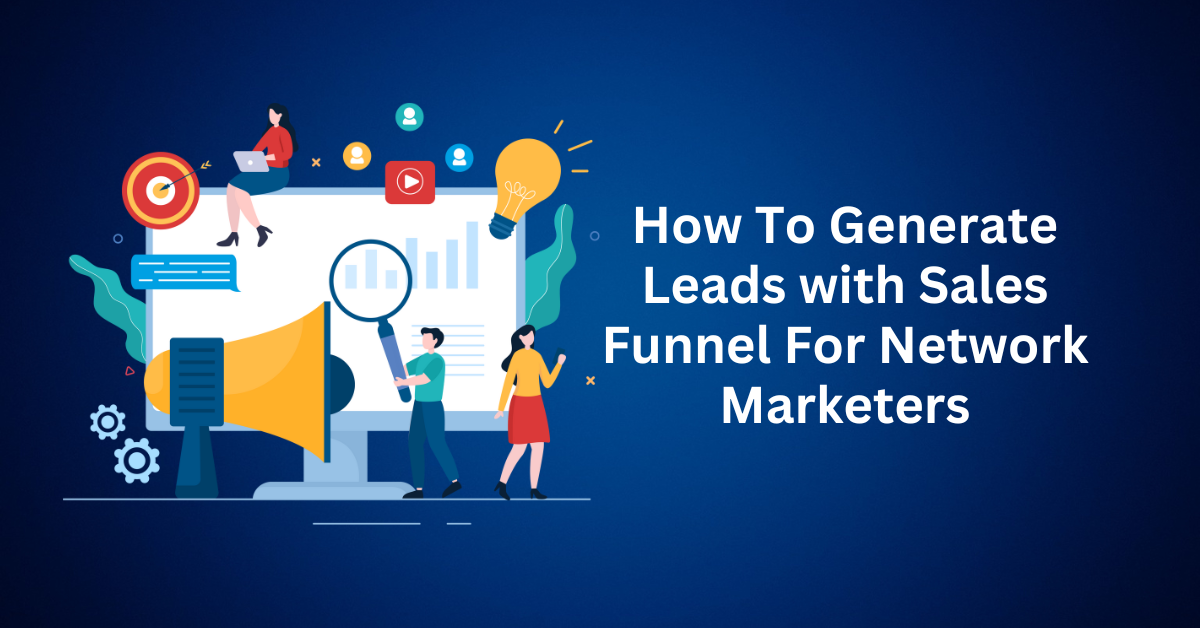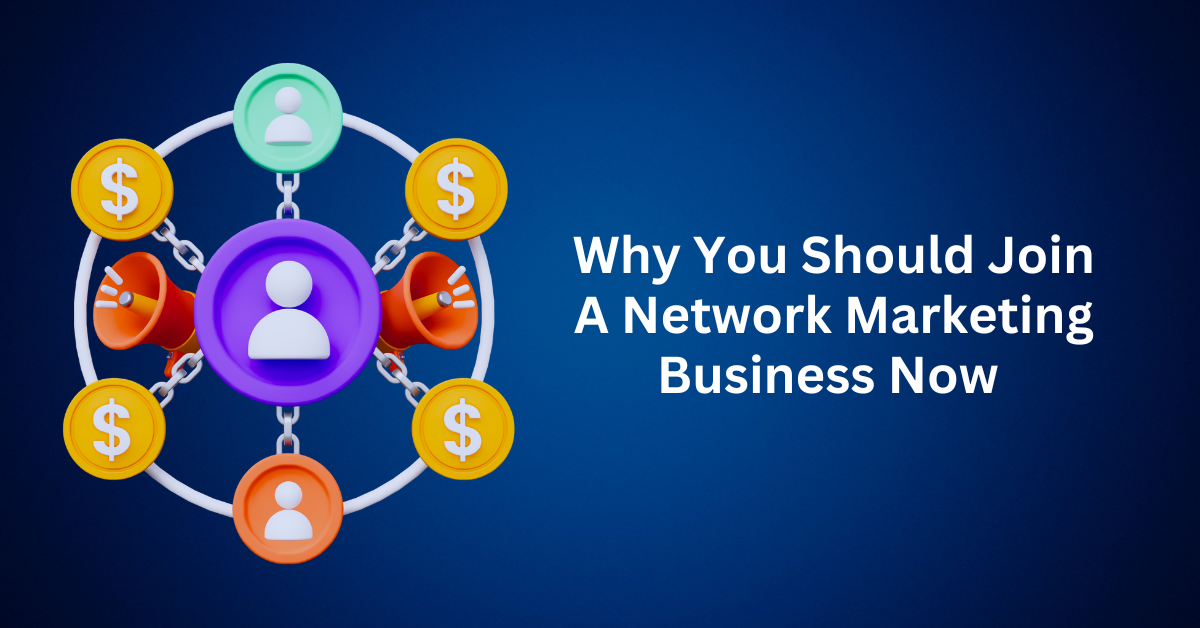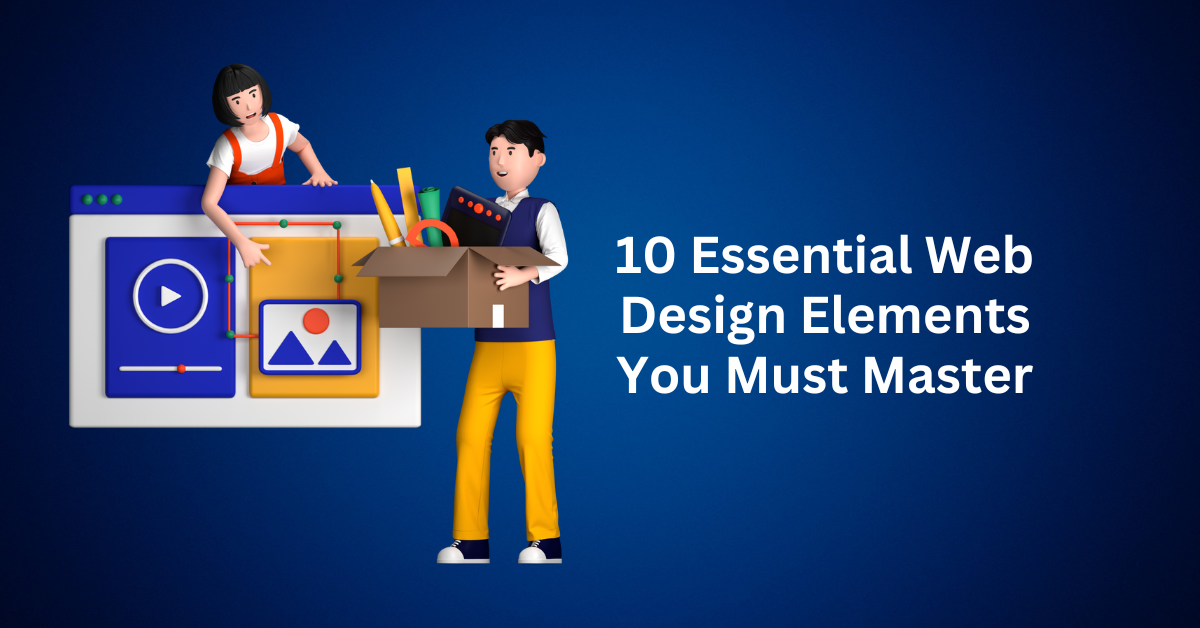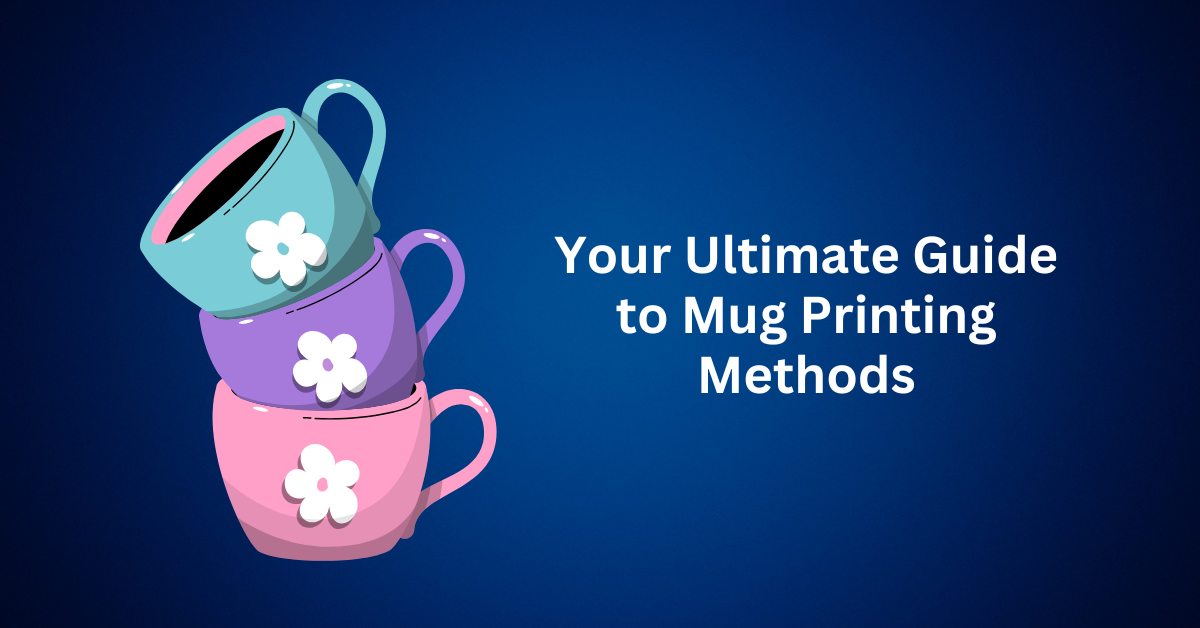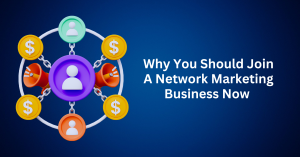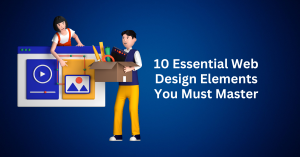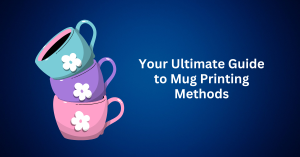When you join a network marketing business, the first thing your upline is asking from you is to have your name list ready. As network marketers, if you have tonnes of names ready to fill your list, congrats. But what if you don’t, or you have reached a state where all your names are used up? So, you need to have a system to generate leads effectively.
We use something called a lead generation funnel to collect new leads for our network marketing business.
How?
It all starts with bait.
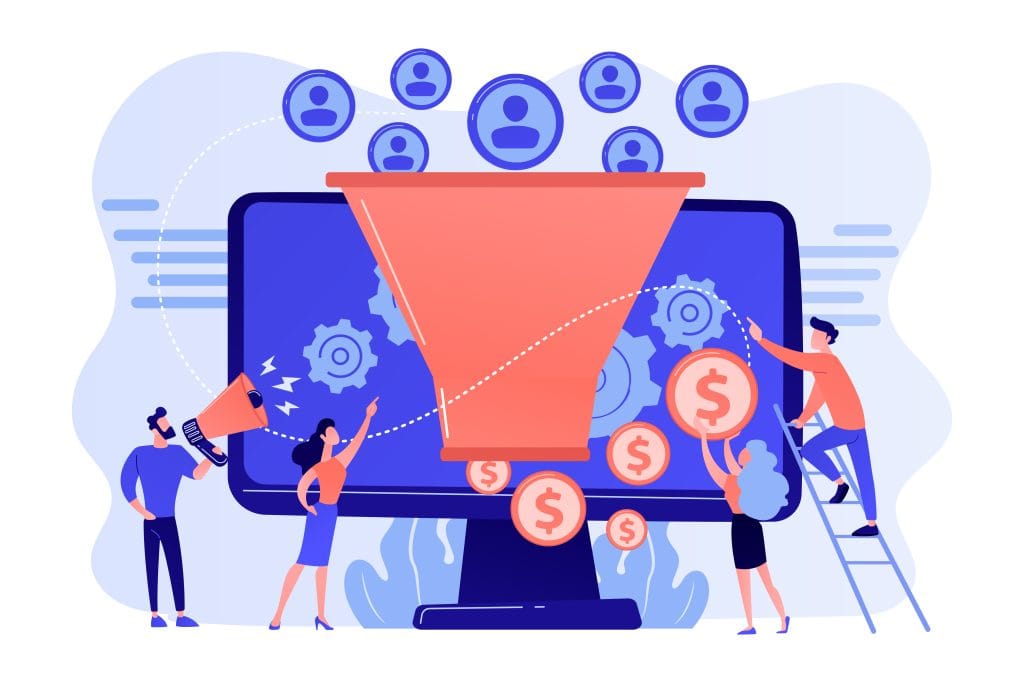
Table of Contents
ToggleUnderstanding The Lead Generation Funnel To Generate Leads for Network Marketers
To generate leads effectively, we use a strategy known as a lead generation funnel. Essentially, this is a simple 1–2 page sales process where you offer highly valuable lead magnets as bait. Once you’ve created your lead magnets, you can build the sales process around them and drive traffic to your funnel.
The primary purpose of a lead generation funnel is to encourage potential customers to enter your sales ecosystem. This is achieved by exchanging their contact information for the lead magnets you provide. Once prospects receive value from your initial offer, it becomes much easier to build trust and nurture relationships, paving the way for future offers and conversions.
At its most basic level, it consists of these three parts:
- Top of the sales funnel (ToFu): Target audience
- Middle of the sales funnel (MoFu): Potential customers
- Bottom of the sales funnel (BoFu): New and existing customers
Stage 1. TOFU (Top of the Funnel)
The first stage, the top of the funnel, is all about awareness. The audience group on stage is problem aware, but not solution aware. This is where you target your dream customer and turn them into a lead.
You get the opportunity to “introduce” yourself to a future buyer. The key message in this stage will also be different from the middle and bottom of the funnel, as you would want a more general term, so they can understand it.
Stage 2. MOFU (Middle of the Funnel)
Once prospects reach the middle of the funnel, they begin to know your existence. They are now problem-aware and solution-aware. But they lack why. “WHY SHOULD I BUY FROM YOU?”
Therefore, you need to continue to build relationships and nurture them. In this stage, you can offer them some additional value. This is what we call lead magnets.
Lead magnets are built to create value for our prospects. When they receive value from us for free, they’re more likely to find out more about us. It’s like building trust and relationships with them by providing free value upfront. No sales at this moment, only value. Because people will easily turn away when they see a sales letter.
A good example of a lead magnet should be something that can bring instant value to your prospects and something they can implement and get results instantly. That’s why I always recommend a cheat sheet, step-by-step guide, video, report, or tutorial. This is more effective than offering them an ebook, as no one spends time reading a long ebook now.
In this stage, you offer them the lead magnet in exchange for their contact details so you can use the autoresponder to further build relationships and nurture them with the email marketing campaign.
Stage 3. BOFU (Bottom of the Funnel)
Lastly, there is the bottom of the funnel.
In this stage, the user should be ready to make a purchase. But for some reason, they have yet to pull the trigger. This is where you need to give them the final push to become paying customers.
In this stage, we don’t talk about the concept and idea anymore. Make an appointment for a demo and trials. And if possible, talk to them and understand their worry. And offer them an irresistible offer so they can’t say no to you.
What Is a Lead Generation Sales Funnel? And How To Generate Leads for Network Marketers
So now you know what a sales funnel is. But what is a lead generation funnel? What can be used for your business?
A lead generation funnel is the top of your sales funnel.
This is where you:
- Bring your target to your landing page and catch their attention.
- Offer them an irresistible and super valuable lead magnet that they can’t say no to for free.
- Get them to give you their contact information to claim the lead magnet.
Now, email marketing still works very effectively. But what you can do is request his/her phone number. It can be mandatory for the email address and optional for the phone number. This will get another touchpoint if you want to use telemarketing or WhatsApp to contact them.
In your registration, feel free to collect more points of contact, like Facebook Messenger, or join your Facebook group. More touchpoints will let you be able to get them easily. There is a statistic, someone needs to see your business at least 7 times before taking action.
Once you have their contact information, they are now your potential lead. Your job then is to get them to move through the rest of your sales funnel.
In some cases, we will take an additional step to charge a small premium of $1-5 for the lead magnet. To do this is not to cover any upfront cost, but rather to qualify leads. If someone is not willing to pay even $1 for the lead magnet that can give them over $10 in value. There is a very slim chance for them to buy from you.
How To Build a Lead Generation Funnel To Generate Leads for Network Marketers
Here is a 7-step process that you can follow step by step to build your own lead generation funnel for your client. These steps work for network marketers, insurance agents, real estate agents, and almost every business since every business will need new leads all the time.
Step #1: Define Your Network Marketers’ Target Audience
To generate quality leads, you first need to know who your ideal customers are.
This is a crucial step that many business owners overlook when starting out. Often, they try to target everyone, which typically results in low-quality campaigns and poor conversion rates. To avoid this, it’s essential to create a detailed “dream customer” avatar.
If you already have an existing customer base, analyze your data to see who is actually buying your products. Let the data guide you—never rely on assumptions when the facts are available.
For those who are just getting started, the first step is to define your ideal customer and then refine that profile over time as you gather more insights. To begin, think about who has the budget for your product and who is most likely to benefit from your solution. By taking the time to understand your audience clearly, you’ll be able to focus your marketing efforts more effectively and attract higher-quality leads that are far more likely to convert into paying customers.
Step #2: Identify a Problem That Your Target Audience Is Struggling With
Once you know who your ideal customers are, it’s time to do some customer research. Go where they hang out online and observe the discussions happening there.
This can mean:
- Keeping an eye on relevant Twitter hashtags.
- Subscribing to relevant subreddits on Reddit.
- Registering for relevant online forums.
- Joining relevant Facebook groups.
- Reading the comments below relevant YouTube videos.
…etc.
Your aim should be to find a painful problem that your ideal customers are struggling with that is either the same or related to the problem that your front-end offer solves.
Step #3: Create a Lead Magnet That Offers a Solution To That Problem
Once you’ve found a painful problem, it’s time to create a lead magnet that offers a solution to it.
Your lead magnet can be anything that your ideal customers can either download directly to their devices or access online:
- An ebook.
- A video course.
- An email course.
- A cheat sheet.
- A spreadsheet.
- A step-by-step plan.
…etc.
You want to pick a format that is best suited for conveying your message. If you were in your ideal customer’s shoes, in what form would you like to receive that content?
What’s important here is that you approach the creation of your lead magnet with the same level of seriousness and care that you give to your paid products. After all, your goal is for your ideal customer to walk away feeling that they’ve gained something truly valuable from the experience. In doing so, you build trust, showcase your expertise, and increase the likelihood that they’ll want to engage with your future offers.
Step #4: Create a Landing Page for Your Network Marketers Lead Magnet
Once you have your lead magnet, you need to create a landing page for it. Think of it as a sales page, but instead of asking for money, you are asking for the potential customer’s email address.
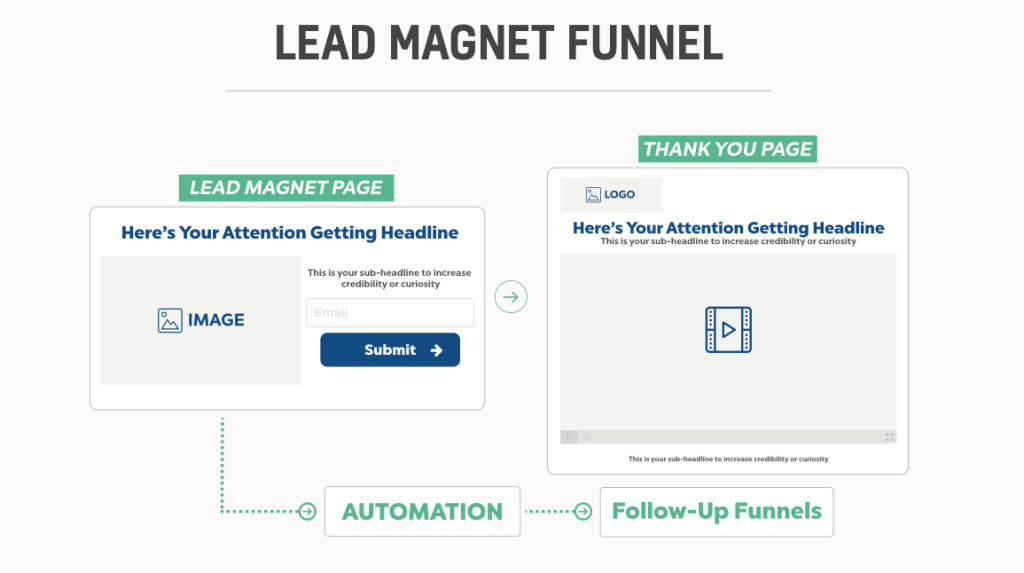
A lead page should be simple and contain only a few elements. A headline, subheadline, offers, a CTA button, and a contact form. Just make sure your lead magnet is good.
For more persuasion, you can add some other information below, like social proof, testimonials, and benefits, to further persuade them to take action now.
Think about it:
- The more appealing your lead magnet landing page is, the more people will download that lead magnet.
- The more people download the lead magnet, the more leads you have that you can sell to.
- And the more leads you have that you can sell to, the more sales you are going to make.
So, treating your lead magnet landing page as a proper sales page makes sense. Consider doing it yourself.
Step #5: Create a Lead Nurturing Email Autoresponder Sequence
Now, you already have the tool to capture the email addresses. What’s next? Leave it on the list?
Hell no.
Get an Autoresponder and start sending them emails after signing up. An autoresponder is a tool that helps to manage your email list and send your email out automatically to your list once certain rules are met.
It can begin with a welcome email that thanks new subscribers for joining your list and introduces them to your brand. Next, you can send an email that includes the download link for your lead magnet, allowing them to access the resource they signed up for. After that, follow up with a value-driven email designed to educate, engage, and build a stronger relationship with your audience. Finally, you can conclude the sequence with a promotional email that encourages them to explore and try your other products or services.
Notes: Many people do it wrong on this part. Always remember to give before you sell.
So, the email sequence should be like this.
- Provide value to the potential customer.
- Warm the potential customer to the idea of purchasing your front-end offer.
- Make the sales pitch for your front-end offer.
What’s important here is to strike the right balance between providing value and selling your product.
Focus too much on the former and you risk leaving money on the table. Focus too much on the latter and you might put the potential customer off. You need to get a balance on both.
Step #6: Start Driving Traffic To the Lead Magnet Landing Page
Once you have:
- Lead magnet.
- Landing page.
- Lead nurturing email autoresponder sequence.
It’s time to start driving traffic to that landing page.
Getting traffic is easy, but getting quality traffic is not.
It’s probably safe to say that the fastest way to do that is via paid advertising. Set up a Facebook or Instagram ad campaign. Once you start paying them, your ads will be shown right away. You will quickly find out whether your lead generation funnel works.
That being said, you may want to focus on SEO as your long-term traffic generation strategy, so that you can eventually stop relying on paid ads to generate leads.
Step #7: Analyze the Data and Adjust Accordingly
Once you have enough data, analyze it to see what could be improved.
Make sure to examine:
- Ad conversion rates.
- Landing page conversion rate.
- Lead to customer conversion rate.
Also, if you get any feedback from people who have downloaded your lead magnet, pay special attention to it. What did they think about it?
Once you know your conversion rates, you can start experimenting with various ways to improve them.
This can include increasing the traffic quality, trying out different ad creatives, implementing the best conversion rate optimization practices, and more.
Final Thought – How To Generate Leads with a Sales Funnel for Network Marketers
The sales funnel has long been a powerful strategy for helping companies and individuals generate new leads and close more deals. In fact, by building a well-structured lead funnel, you can not only streamline the process of attracting prospects but also nurture them effectively toward conversion. Moreover, creating such a funnel is straightforward—you simply need to follow a clear guide while optimizing your pages and developing high-value lead magnets that capture attention and spark interest. Ultimately, this approach ensures that every step of your customer journey leads seamlessly toward a successful sale.
To make this process even easier, I use ClickFunnels. The platform’s simplicity and user-friendly interface allow me to build multiple landing pages quickly, enabling me to test different offers efficiently and maximize results. As a result, I can focus more on strategy and optimization rather than getting bogged down in technical setup.

